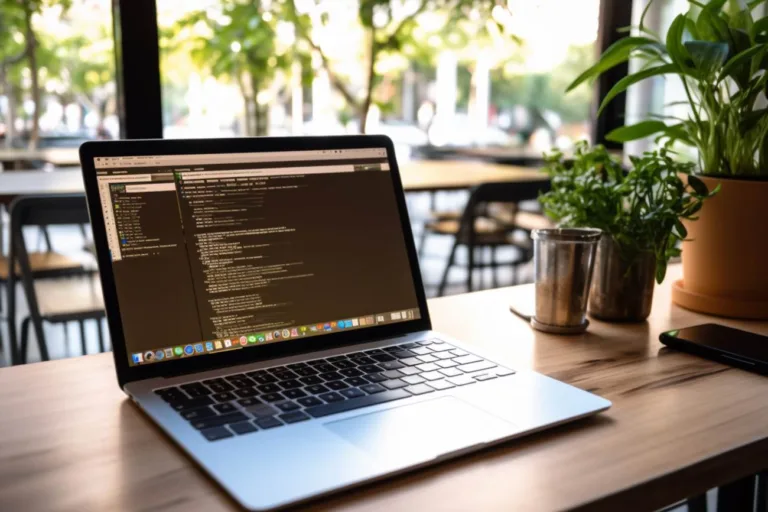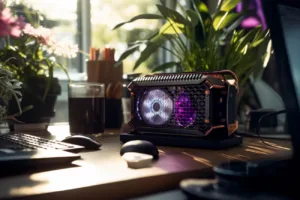HTML tooltips are a fundamental element of web design, enhancing user experience by providing contextual information when users hover over or click on specific elements. In this comprehensive guide, we will explore HTML tooltips in-depth, from their basic structure to advanced customization techniques. Let’s delve into the world of HTML tooltips and discover how to use them effectively in your web projects.
Understanding html tooltips
HTML tooltips, also known as hover or title tooltips, are small pop-up boxes that appear when users hover their cursor over an element, typically an image or a link. These tooltips serve as brief informational snippets, helping users understand the purpose or content associated with the element.
Basic Tooltip Structure
To create a basic HTML tooltip, you can use the „title” attribute within HTML tags. For example:
<img src="image.jpg" alt="Image" title="This is an image tooltip">
When a user hovers over the image, a tooltip with the text „This is an image tooltip” will appear. It’s a simple yet effective way to provide additional information.
Customizing html tooltips
While basic tooltips are helpful, you can take customization to the next level by using CSS and JavaScript. This allows you to control the appearance, position, and behavior of your tooltips.
Styling with CSS
You can style tooltips using CSS to match your website’s design. By targeting the „title” attribute with CSS selectors, you can change the font, background color, border, and more. Here’s an example:
With this CSS, tooltips will have a dark background, white text, rounded corners, and padding.
Enhancing with JavaScript
If you want to add interactivity to your tooltips, JavaScript can come in handy. You can create dynamic tooltips that respond to user actions, such as clicking or tapping. JavaScript libraries like jQuery Tooltipster make this process easier.
Best practices for html tooltips
Here are some essential tips to consider when using HTML tooltips:
- Keep tooltips concise and informative.
- Ensure tooltips are accessible for users with disabilities.
- Test tooltips on various devices and browsers for compatibility.
- Avoid overusing tooltips, as they can be distracting.
Frequently asked questions
A: Yes, you can add tooltips to various HTML elements, including buttons. Just use the „title” attribute to provide the tooltip text.
Q: Are there any JavaScript libraries for creating advanced tooltips?
A: Yes, there are several JavaScript libraries like Tooltipster and Tippy.js that offer advanced tooltip customization and interactivity.
Q: How can I make tooltips responsive for mobile devices?
A: To ensure tooltips work well on mobile, use CSS media queries to adjust their appearance and position for smaller screens.
Conclusion
HTML tooltips are a valuable tool in web design, enhancing user experience and providing essential information. By mastering the basics and exploring advanced customization options, you can create tooltips that engage and inform your website’s visitors. Remember to follow best practices and test your tooltips thoroughly for a seamless user experience.
Vezi și:






